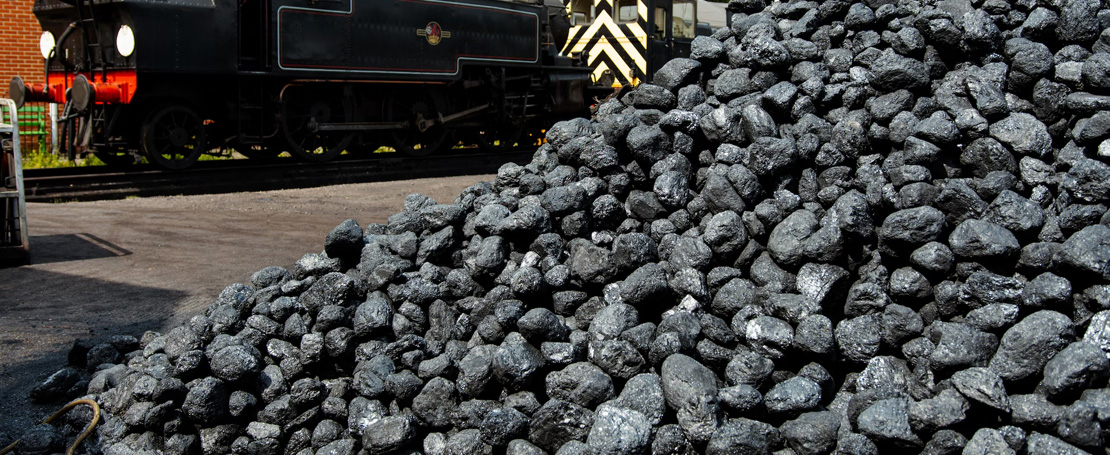Coal refuse, also known as coal waste or culm, is a byproduct of coal mining and preparation that is left over after the coal is extracted. It is a complex mixture of rock, clay, coal, and other minerals, and its composition can vary widely depending on the location and type of coal mine.
Understanding the composition of coal refuse is essential for effectively handling and disposing of this waste product and for developing strategies for reusing and recycling it. As a leading expert in coal handling systems, Macawber Beekay understands the importance of understanding the composition of coal refuse. In this article, we will delve into the composition of coal refuse, exploring its various components and their properties.
What is Coal Refuse?
Coal refuse, also known as colliery spoil or culm, is the waste material left over after coal extraction from the ground. It consists of a mixture of rock, shale, and other materials and varying amounts of coal particles.
It is formed during coal mining when it is extracted from the ground, and the waste materials are separated and left behind.
Composition of Coal Refuse
Coal refuse is a byproduct of the coal mining process and comprises various materials. The composition of coal refuse varies depending on the type of coal being mined and the geological formation it is extracted from. This section will discuss the components that makeup coal refuse and their varying proportions.
The primary components of coal refuse are rock fragments, mineral matter, and organic matter. Rock fragments are pieces of rock that are not coal and are typically present in coal seams. Mineral matter comprises various minerals and compounds, including clay, quartz, feldspar, and pyrite. Organic matter comprises plant material that has not yet been converted into coal.
The proportion of each component in coal refuses varies depending on the coal being mined. For example, bituminous coal generally contains more organic matter, while anthracite coal contains less organic matter. Additionally, the geological formation from which the coal is extracted can impact the composition of the coal refuse.
According to data, rock fragments typically comprise the largest proportion of coal refuse, ranging from 30% to 90%. Mineral matter accounts for 5% to 40% of coal refuse, while organic matter ranges from 1% to 15%.
Understanding the composition of coal refuse is crucial for effectively managing and disposing of this waste product. Knowing the proportions of the different components makes it possible to develop strategies to minimize the environmental impact of coal mining. In the next section, we will discuss some methods used to manage coal refuse.
Environmental Impact of Coal Refuse
Coal refuse can have significant environmental impacts if not properly handled. One major issue is the potential for acid mine drainage, which can occur when sulfuric acid is produced from pyrite oxidation in the coal refuse. This acid can then leach heavy metals such as arsenic, lead, and mercury from the coal refuse into nearby water sources.
Fortunately, our coal handling systems can help mitigate these risks. Our systems are designed to minimize the amount of coal refuse generated and ensure that any refuse produced is properly stored and handled. Additionally, our systems are designed to prevent the release of sulfuric acid and other harmful chemicals into the environment. This helps to ensure that any environmental impact from coal refuse is minimized and that nearby communities and ecosystems are protected.
Utilization of Coal Refuse
Coal can be used in various ways, making it a valuable resource rather than simply a waste product. One such use is for mine reclamation, where it is used as fill material in the restoration of mined land. It can also be used as a fuel source, either on its own or in combination with other materials, to generate electricity or heat.
Additionally, advancements in technology have made it possible to extract valuable materials from coal refuse, such as rare earth elements, which can be used to manufacture high-tech products. The utilization of coal refuse not only reduces the amount of waste generated but also helps to conserve natural resources.
At Macawber Beekay, we specialize in providing customized solutions for coal handling and utilization. Our expertise also includes pneumatic conveying technology allows us to design systems that efficiently transport and process coal in any form, minimizing the environmental impact and maximizing its potential as a valuable resource.
Conclusion
Understanding the composition of coal refuse is important due to the potential environmental impact and the opportunities for utilization. Coal refuse is primarily made up of rock fragments, mineral matter, and organic matter, with the proportions varying based on the type of coal being mined.
The environmental hazards associated with coal refuse can include acid mine drainage and leaching of heavy metals. Coal refuse can also be used for various purposes, including mine reclamation, and as a fuel source.
 IND
IND VN
VN CN
CN KR
KR JP
JP